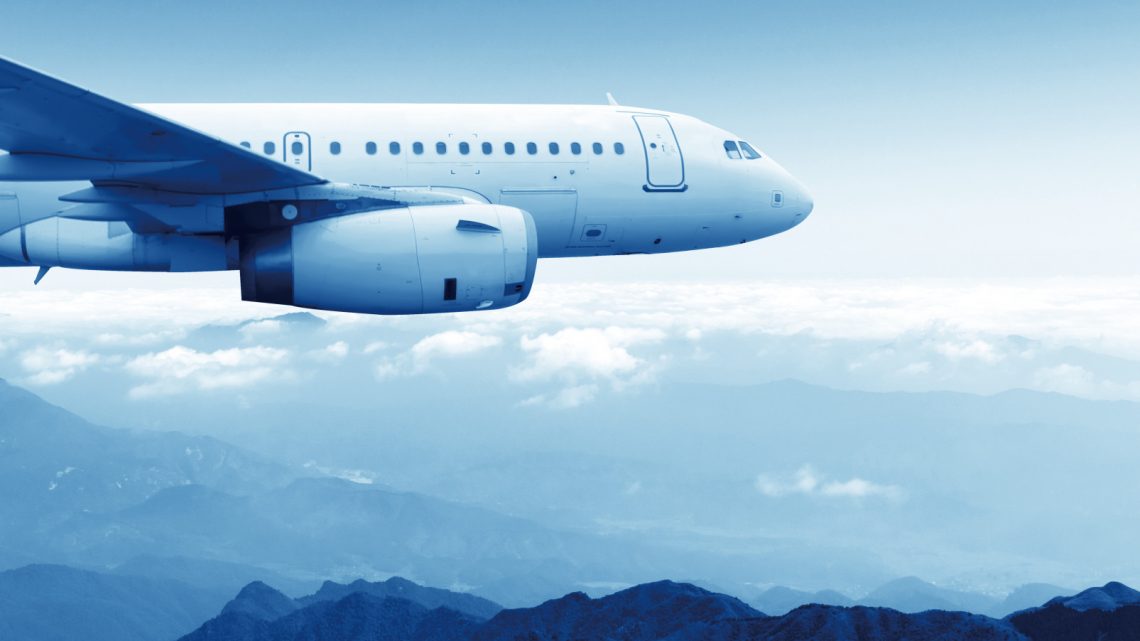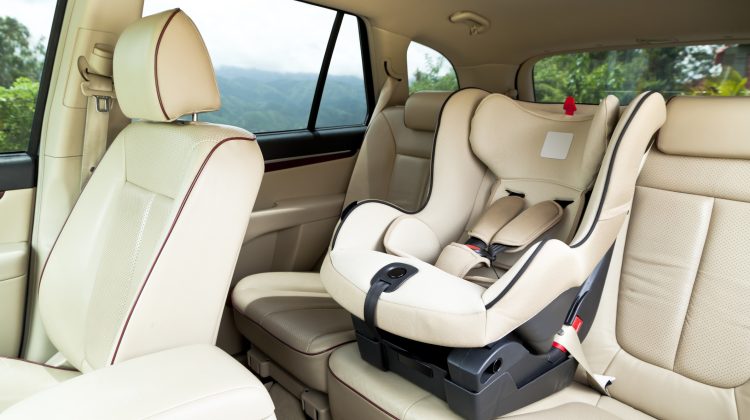When planning a flight with your family, safety is undoubtedly a top concern. While air travel is one of the safest modes of transportation, there are still considerations that parents can make to enhance the safety and comfort of their loved ones during a flight. One of the most critical decisions is choosing the safest seats on the plane. For those interested in learning more about airplane safety and how past incidents have influenced current protocols, read this data analysis on Boeing plane crashes. This blog will guide you through the factors to consider when selecting airplane seats for your family, helping you make informed choices that prioritize your family’s well-being.
1. Understanding Airplane Seating Layouts
Airplane seating layouts vary depending on the type of aircraft and the airline. Generally, planes have a mix of window, middle, and aisle seats, along with rows designated as exit rows. Understanding the layout of your specific aircraft can help you choose seats that offer the best safety and convenience.
- Front of the Plane: Seats located toward the front of the plane are typically closer to the exits, making them a better option for families in the event of an emergency. These seats may also experience less turbulence, which can be a plus for young children who might be sensitive to motion.
- Over the Wings: Seats located over the wings are considered among the safest on an airplane. This area tends to experience less movement during turbulence, and the structural integrity of the wings provides additional protection.
- Aisle vs. Window Seats: While window seats offer a view and a wall to lean against, aisle seats provide easier access to the aisle, which can be beneficial in an emergency. For families, it may be wise to book a combination of window and aisle seats, allowing one parent to sit in the aisle and the other with children by the window.
2. Considerations for Families with Young Children
Traveling with young children requires additional considerations. Here are some tips to ensure their safety and comfort:
- Bulkhead Seats: These are the seats located at the front of each section of the plane, often with more legroom and no seats in front of them. While they can be convenient for parents with infants, they don’t allow for under-seat storage, which means you’ll need to store your bags in the overhead bin during takeoff and landing.
- Use of Child Restraints: The safest way for infants and young children to travel is in an FAA-approved car seat or harness that is secured to the airplane seat. Avoid lap seating, as it does not provide adequate protection in the event of turbulence or an emergency landing.
- Proximity to Bathrooms: When traveling with children, it’s often a good idea to choose seats near the bathrooms. This can make it easier to handle diaper changes or quick trips for potty-trained children.
3. The Role of Exit Rows in Airplane Safety
Exit rows are crucial during an emergency evacuation, as they provide passengers with direct access to the emergency exits. However, these seats come with specific requirements and restrictions. Passengers seated in exit rows must be physically able to assist in the event of an emergency, which means they need to be over the age of 15 and able to follow instructions. For this reason, families traveling with young children are not permitted to sit in exit rows.
If your children are old enough to sit in these rows, it’s still essential to consider whether they are mature enough to handle the responsibility. For most families, it’s safer to sit near, but not in, the exit rows, ensuring quick access to the exits while leaving the responsibility to capable adults.
4. Alaska Airlines Door Blowout Incident: A Safety Reminder
When discussing airplane safety, it’s important to remember past incidents that have shaped current safety protocols. One such incident occurred on Alaska Airlines Flight 536 in December 2005. Shortly after takeoff, a portion of the plane’s fuselage ruptured due to a maintenance error, causing the cabin to depressurize rapidly. Although there were no fatalities, the incident serves as a stark reminder of the importance of seat choice and awareness during a flight. Passengers seated near the damaged area were most affected by the sudden decompression, highlighting the critical role of structural integrity in passenger safety.
This incident also underscores the importance of choosing seats that are not only convenient but also strategically located in areas less likely to be impacted by structural failures. While such events are extremely rare, they do happen, and being aware of them can help families make informed decisions when selecting seats.
5. How Seat Selection Can Impact Evacuation Time
In the unlikely event of an emergency evacuation, the location of your seat can significantly impact your ability to exit the plane quickly. Studies have shown that passengers seated within five rows of an exit have a higher chance of evacuating safely in an emergency. For this reason, it’s advisable to choose seats that are as close to an exit as possible.
For families, this might mean booking seats together near the exits, even if it requires splitting up into two rows. Ensuring that children are seated between parents or near a responsible adult can help keep the family together and calm during an evacuation
6.Stay Informed and Choose Wisely
Choosing the safest seats for your family requires a bit of planning and understanding of the airplane’s layout and potential risks. By prioritizing proximity to exits, avoiding high-risk areas like exit rows with young children, and being mindful of past incidents like the Alaska Airlines door blowout, you can make informed choices that enhance your family’s safety during air travel.





No Comment